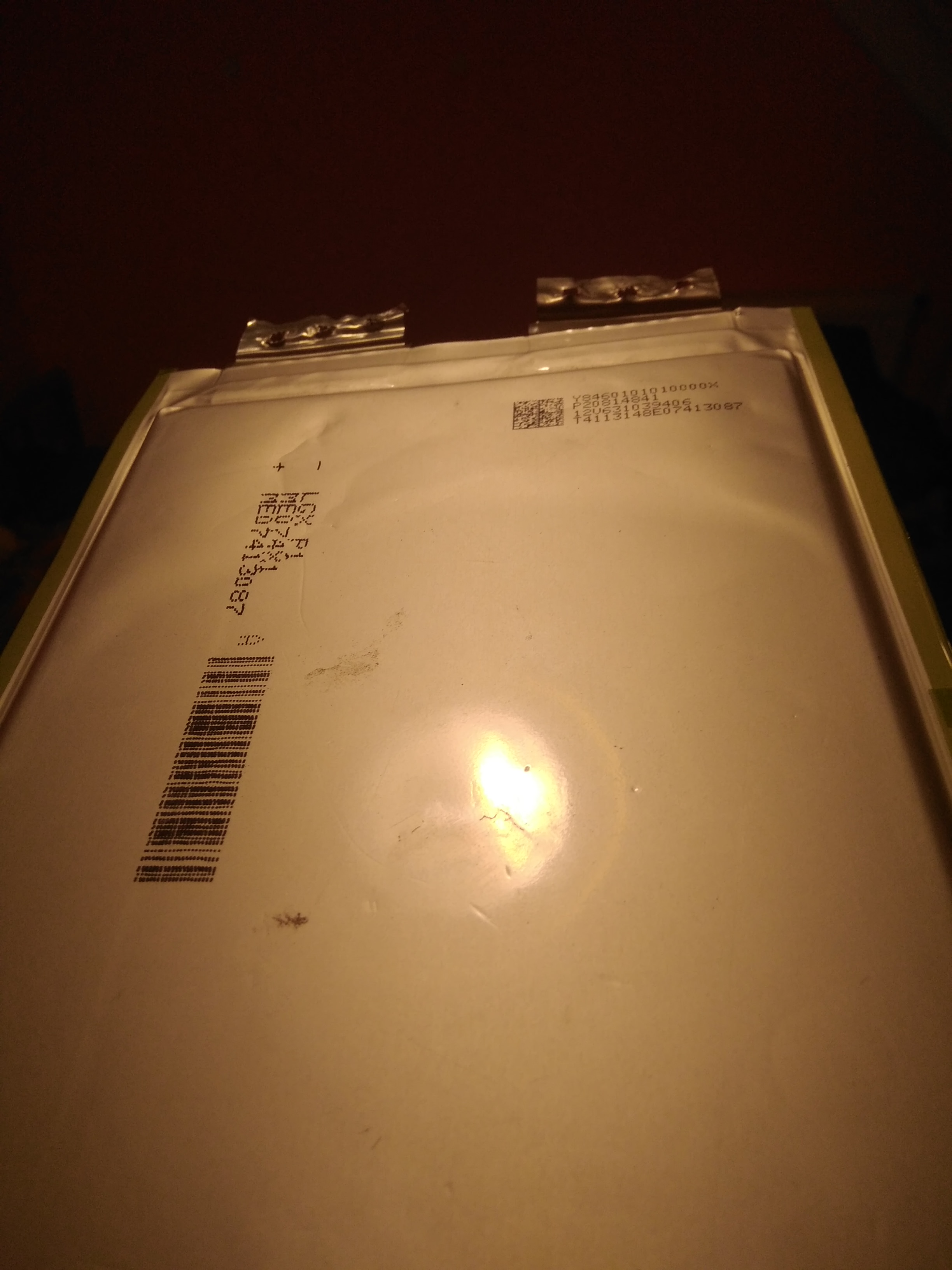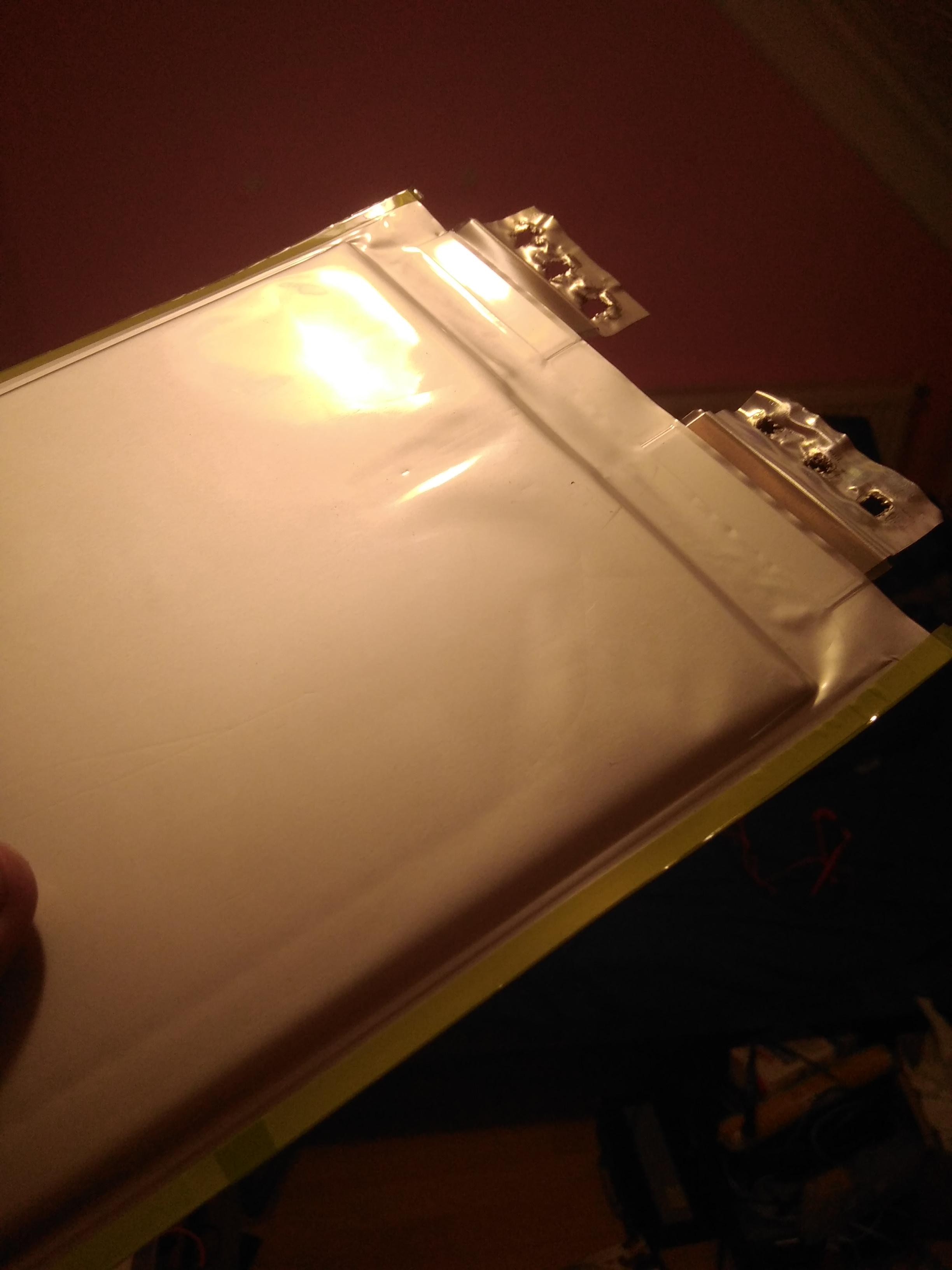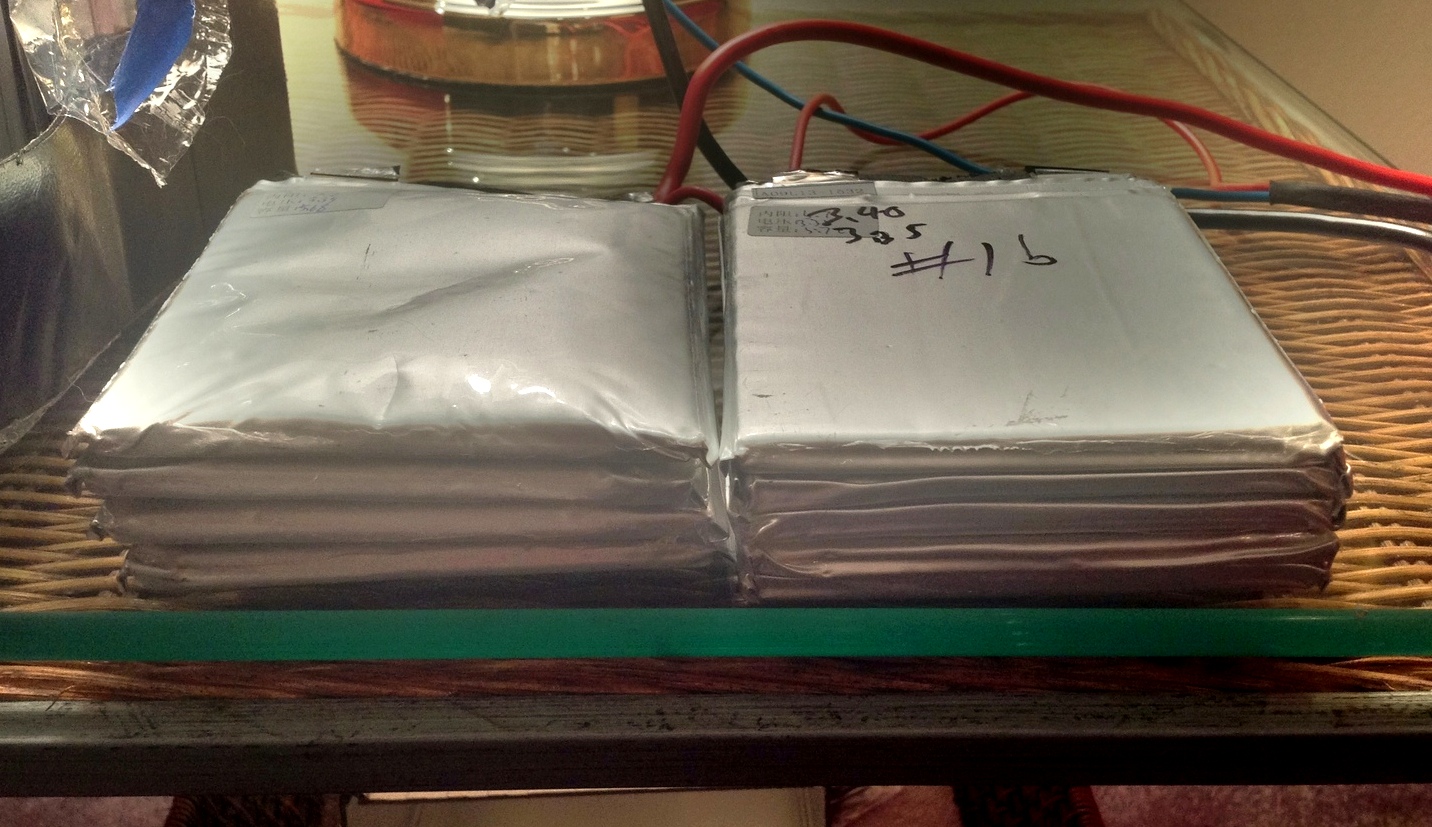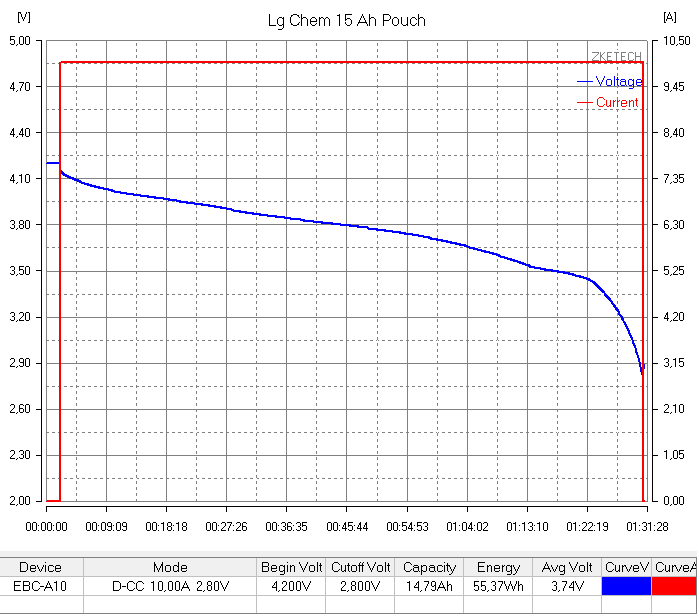If that strap is connected together firmly, just take a piece if wood and shove it down between the strap and the end of the pack. Maybe use clamps to push the pack together some while pushing the plywood or similar down. Then, take loose the TOP set of the 4 bolts that hold the bottom together and put something like a metal bar across and tighten the bolts, so you get even compression on the total end plate.
Normally there is a corrugated end plate on the very ends of the total battery, and at the center where the coolant attachment is for the long section of the battery. When i sell Volt modules, I put an end plate on where yours needs to be, just Like I described for you to do.







